Noordwijk aan Zee is more than just a charming coastal town near Leiden. It’s also home to ESTEC. This is the European Space Research and Technology Centre: ESA’s largest research facility. As a result, you can not only get a tan on the beach here, but you can try and unravel the deepest secrets of the universe as well. Trot Op! took the weekend off and made an attempt.

Do you know which destination – in my of course completely biased opinion – is severely underestimated in Flanders? The Dutch coast. It may not be the Côte d’Azur just yet, but compared to the sparse strip of sand we have on our doorstep, our northern neighbours are just that little bit better off. First of all, there’s simply much more coast to enjoy across the border. While we’re sucking our sandy popsicles on just over 65km of beaches – smothered in between a colony of bronzed grannies who hopefully had the decency to at least keep their bikini tops on – the Dutch can merrily spread out over more than 500km of coastline. And this is without including all the lakes and former estuaries closed off by their delta work dikes. A lot more space to find a good towel spot indeed, and this is also reflected in the architecture. In Belgium, we spared no expense erecting an entire Atlantic wall of often discouragingly ugly high-rises next to our beach promenades. On the Dutch coast the buildings are often a tad less intrusive. Due to this longer coastline, more of their dunes and other natural habitats were left untouched as well.
“Noordwijk is a Dutch seaside resort where there’s far more to enjoy than just the beach. You can even explore the cosmos here, since the town is home to ESTEC: the largest space research centre in Europe.”
This all sounds wonderful of course, but when I was asked if I would like to make a travel article featuring Noordwijk aan Zee in mid-January, my enthusiasm wasn’t exactly off the charts. Not because I thought there was nothing to do in Noordwijk, but rather because I could imagine a couple of more pleasant times for a beach holiday (most of the rest of the year, for example). Because they had asked so very nicely however, I decided to do some research to find out what else Noordwijk had to offer besides sun, sea and sand. A lot, so it turned out – much more than I’d imagined at first – and so I quickly swallowed my original opinion and took off to Holland. And would you look at that: I unexpectedly got three days of fantastic weather to go with it. Only a real idiot could still screw this trip up.
What to do in Noordwijk: from the beach to the cosmos in 7 steps
At first sight, Noordwijk aan Zee seems to be nothing more than a charming seaside resort on the North Sea coast – close to Leiden and half an hour’s drive from both The Hague and Amsterdam. There are thirteen kilometres of beach to enjoy and there’s plenty of nature to explore: from rolling dunes to forest tracks perfect for mountain biking. Noordwijk’s most important contribution to history however, has nothing to do with the beach. ESTEC (The European Space Research and Technology Centre*) is the European Space Agency’s largest research, development and test centre. This makes Noordwijk the most important site for the entire European space industry. More than 2,500 engineers, technicians and scientists work here on space missions, spacecraft and a myriad of other technologies. Because I find this to be extremely interesting – and because it was still too cold for a swim anyway – I decided to focus my trip to Noordwijk on the space aspect primarily. Ready for liftoff? 3, 2, 1,…
*They may employ 2,500 scientists, but apparently none of them managed to get the abbreviation right. It’s supposed to be ESRTC, Einsteins (I feel so smart now ^^).
1. Take a giant leap for mankind on the Walk of Space



While taking a stroll on the beach in the most beautiful January weather, I wondered what Noordwijk aan Zee would feel like in summer. Most beach bars were already open; lots of hikers and families were enjoying the first rays of sunshine and large flocks of seagulls hovered above the surf looking for a quick meal. The first ode to space travel can actually be found on the beach promenade. On the so-called Walk of Space – think Wall of Fame in Hollywood but for smart people – several ESA astronauts left their hand- or footprints, including the only two Belgian space travellers Dirk Frimout and Frank De Winne. Nice surprise to suddenly stumble upon during a walk, and it sets the tone immediately. Did you know Frimout was Belgium’s first astronaut, but only spent a total of nine days in space? De Winne on the other hand, liked it so much he stuck around for almost 200 days. Suddenly having to actually walk from A to B again after 199 days in orbit, instead of floating gracefully through the ISS. It must have felt absolutely horrible.
2. Noordwijk Space Expo: space travel for all ages
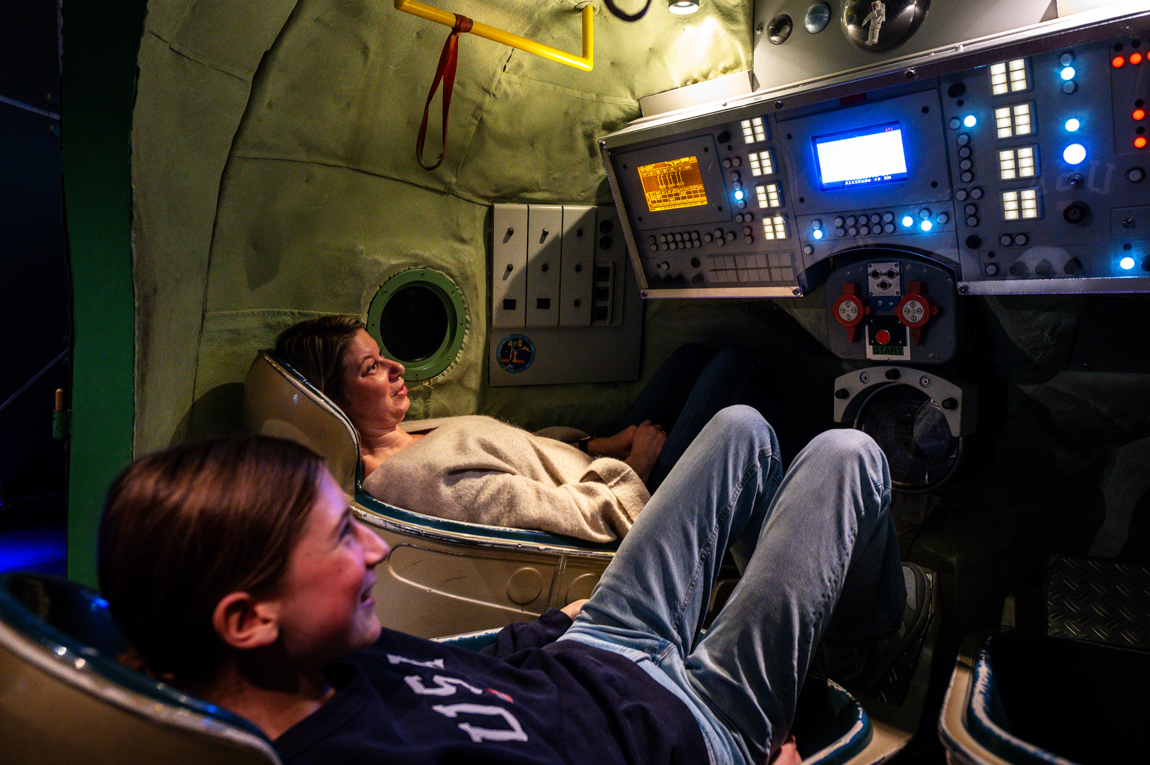
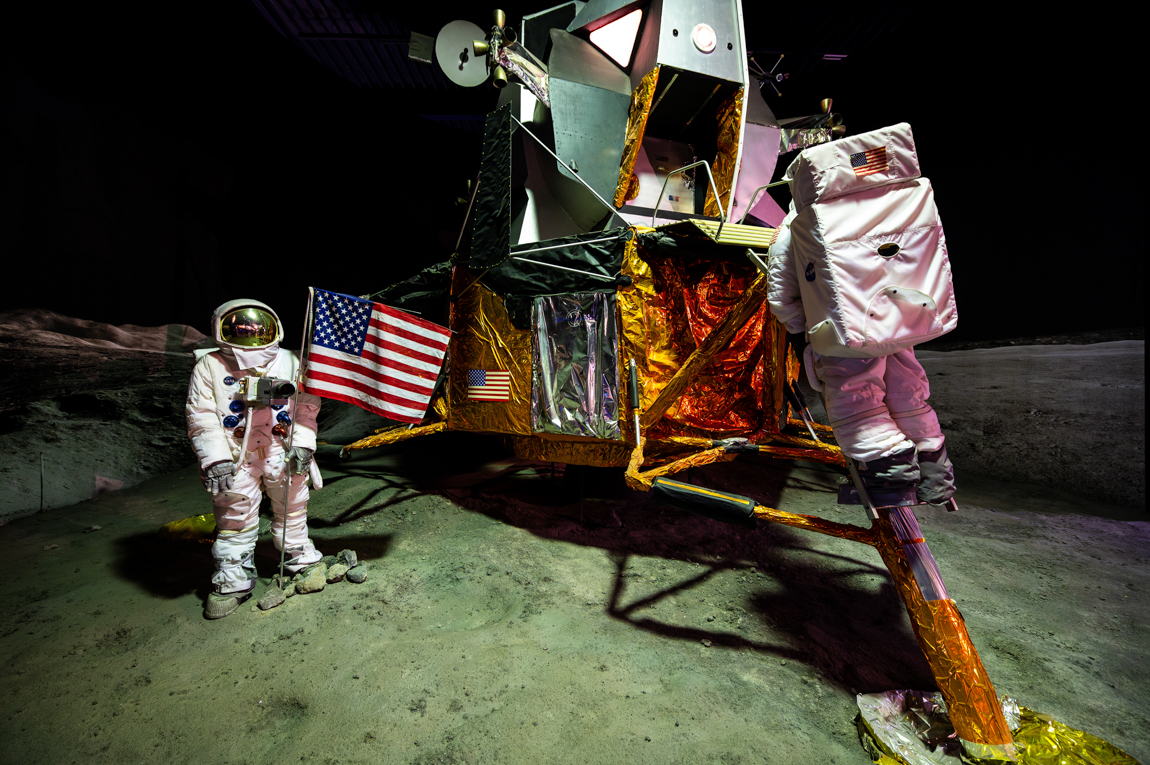

When you visit Noordwijk and you’re interested in the space aspect, chances are you’ll end up in Noordwijk Space Expo as a first stop. This is a very visual and interactive museum that puts all aspects of space travel in the spotlight in a language kids can understand as well. All kinds of models of rockets, satellites and other spacecraft are exhibited here. You can view the Earth through satellite images or discover in detail what each planet in our solar system looks like. You can touch a real meteorite or gawk at a moon rock some astronaut took as a souvenir (this one is unfortunately behind glass, so no touching). They also replicated an entire ISS module. The toilet even has a little window to look out through: they really thought of everything. There’s also a model of the lunar lander used by Neil Armstrong and Buzz Aldrin ready to take selfies with. Children can pretend to jump up and down on the moon or take a seat in a cockpit to experience a rocket launch.
“Noordwijk Space Expo is a visual and interactive museum that puts all aspects of space travel in the spotlight in a language kids can understand as well”
Some of the most authentic relics you can see here are the original Soyuz capsule André Kuipers (the third Dutchman in space) flew to and from the ISS with, and the spacesuit he was wearing while underway. That Soyuz by the way, is no more than a tiny and completely scorched bell shape with a few little round windows. Would you want to be catapulted beyond the stratosphere in that thing? Being an astronaut is not for anyone.
3. Spacetours Noordwijk: an in-depth tour of the ESA-ESTEC site
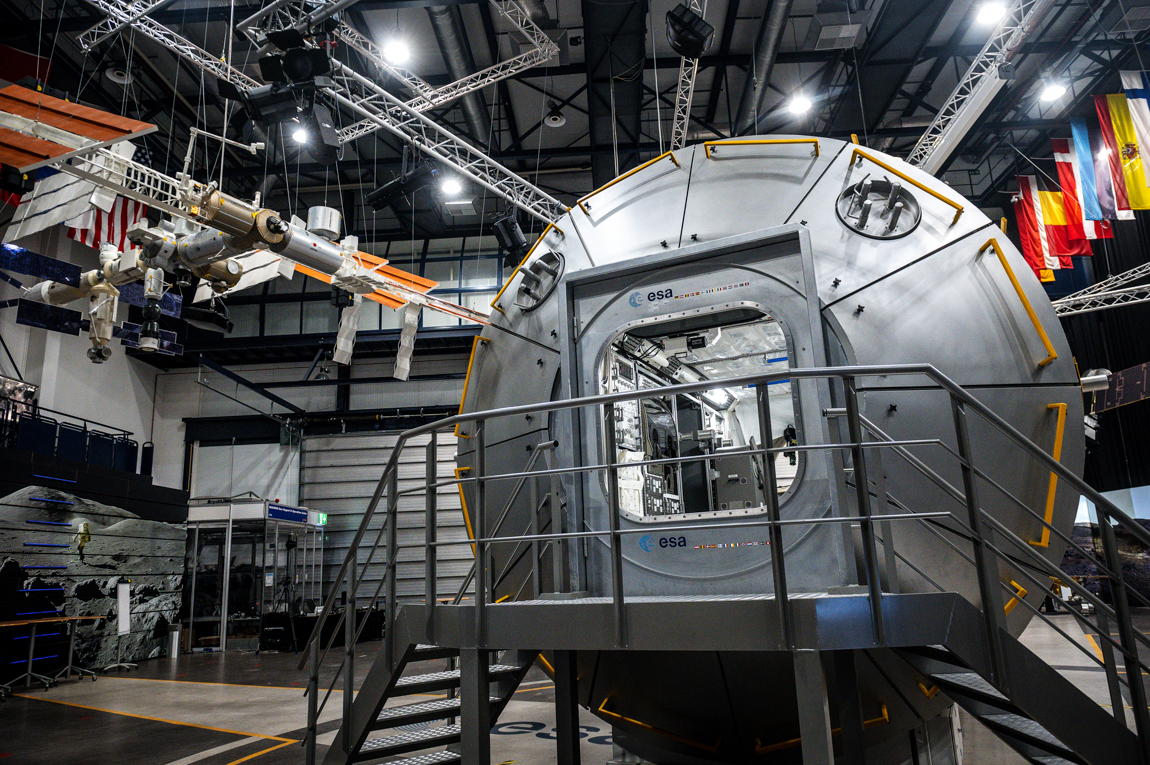

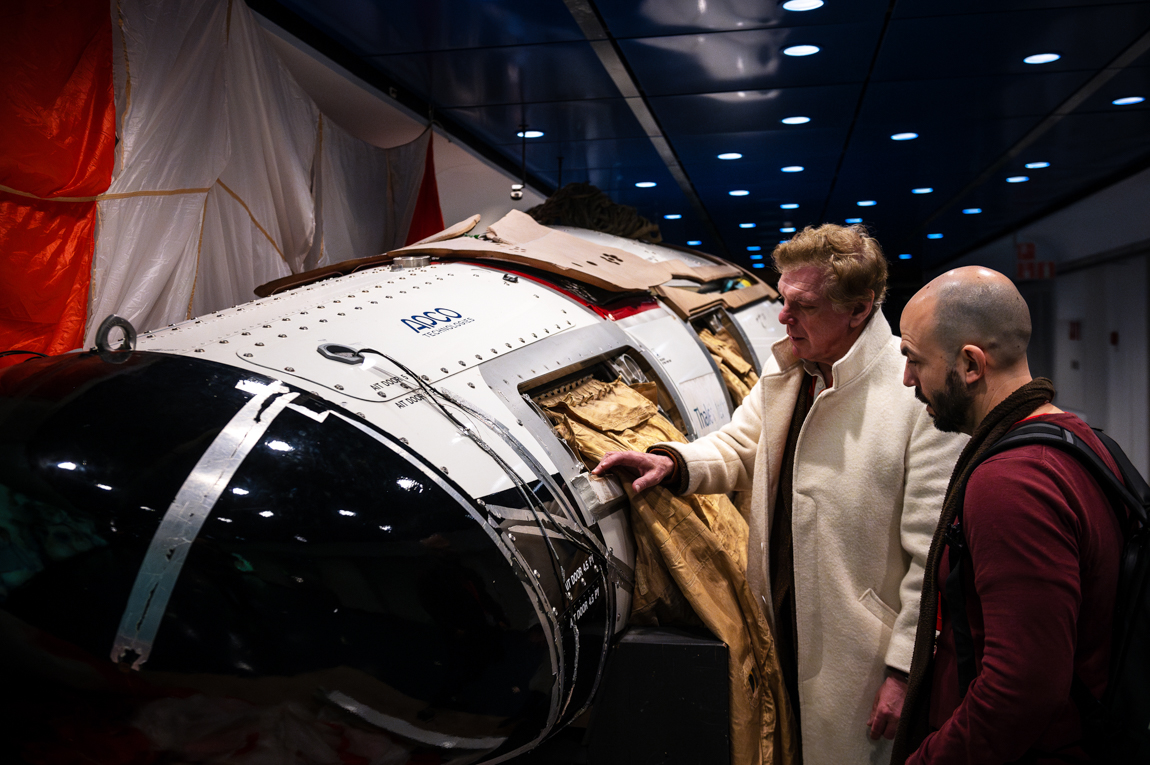
The real heart of the space industry in Noordwijk does not beat in the museum of course, but on the actual ESTEC grounds. I was lucky enough to get a private tour from Robert Willemsen. This is the man behind Spacetours Noordwijk and he’s been an official ESA guide for many years. He’s called in for important conferences and company visits, and his knowledge of the subject matter is impressive. Once through the checkpoint, we surprisingly ended up in the cafeteria: one of the oldest parts of the site, where the sixties vibes are still rampant. Some scale models of satellites and telescopes are on display here, but the collection becomes more remarkable behind every corner. We walked through long corridors full of doors leading to labs and offices. The walls are full of models, relics and achievements of past space missions. In a side corridor, you’ll spot something that looks like an abstract work of art at first, but is actually a solar panel from the Hubble Telescope. You can still count the minuscule holes burnt through it by space dust and other tiny debris hitting it at astronomical speeds. You’ll spot everything here, from passenger capsules that have led astronauts to the ISS, to an overview of dozens of technological applications designed in these very buildings. This ranges from new welding techniques on titanium and scale models of future moon bases to the 3D printing of sturdier but much lighter materials to save weight. One of the most intriguing innovations also had to do with 3D printing. Stem cells can be used to print skin and bone fragments – a technology that might one day prove invaluable in future and much longer-lasting space missions.
“The true heart of European space travel beats on the ESTEC site. Almost all European space projects are born, tested and realized here. You can visit the premises on a tour led by Spacetours Noordwijk.”
Of course, a large part of the ESTEC site is not open to visitors. Almost all European space projects are born, tested and realised here, which means safety regulations are very strict. The test centres are exceptionally advanced, allowing the extreme conditions of a rocket launch or even solar damage to be tested. The most powerful sound system in Europe is located here, which can simulate the noise of several rocket engines taking off at the same time (stand in front of it while it’s on and you die). They can generate extreme heat and cold and even mimic the light of the sun. All this to test whether new spacecraft are actually up to the task. Our tour ended at the Erasmus Centre: the most interesting place for visitors. This is a huge exhibition hall that serves as a press room. You can see a Mars Rover in action, and it holds an almost exact replica of an ISS space lab you can explore at leisure. Yep: “look mom, I’m floating” selfies are allowed.
4. Hiking in Noordwijk: exploring the Coepelduynen

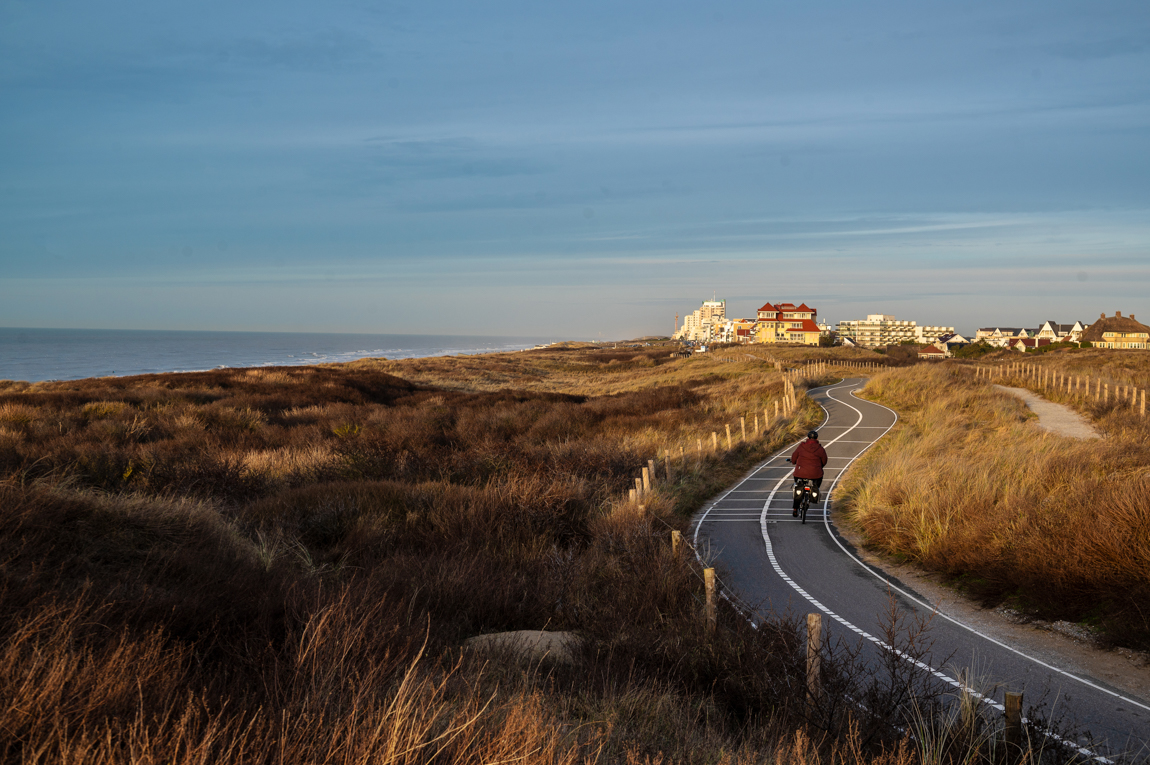

Time now to end our interstellar voyage and return to earth – there’s plenty to see here as well after all. When you book a holiday in Noordwijk, you don’t necessarily have to spend the whole day on the beach. You can also discover beautiful nature reserves a little further from the sea. Noordwijk aan Zee is enclosed on both sides by extensive dune parks. I visited the first of two reserves just before sunset – they call this the golden hour in your local photo club. It’s called Coepelduynen and you can get in by walking down the beach promenade while you navigate towards “Toegangshek Coepelduynen” on Google Maps. Not everything has to be difficult. The landscape here is surprisingly varied. You won’t find the typical sand dunes here, but well-vegetated hills covered in a carpet of greens and yellows even in January. Between August 15 and March 15, you can hike wherever you want, paths or no paths. This could make for a brisk hike, as there are a couple of sturdy hills to be climed. And every time you expect to see the sea after reaching a new dune top, another one will somehow already be waiting for you.
5. Project Noordvoort: a beach reserved for seals



On the other side of Noordwijk aan Zee – a little further away, so taking your car or bicycle is preferable – is Project Noordvoort. This is a unique beach reserve, in the sense that you’re literally not allowed on the actual beach. That sounds a bit silly, but it’s not. The beach is off limits, but you can still hike through the dunes. Here too, you’ll find a wild landscape of rolling hills and scruffy vegetation. The view is interrupted here and there by blue ponds that could look like small alpine lakes from the right angle. The reason why no people are allowed on the beach is to give nature completely free rein on a three-kilometre strip of sand. Birds can land there without being bothered, seals can take a breather and sperm whales can beach themselves without getting embarrassed because the whole village came to gloat at their miscalculation. Along the dune paths you’ll pass three different viewpoints where, if you’re lucky, you can watch the animals from a safe distance. If you walk off the beach outside the protected area, you’ll notice it looks quite different from the ones on the Belgian coast. No kilometre-wide flat beach next to a boulevard. Here the inland is protected from the sea by a wall of sand several metres high.
6. Museum Engelandvaarders: a heroic piece of Dutch history

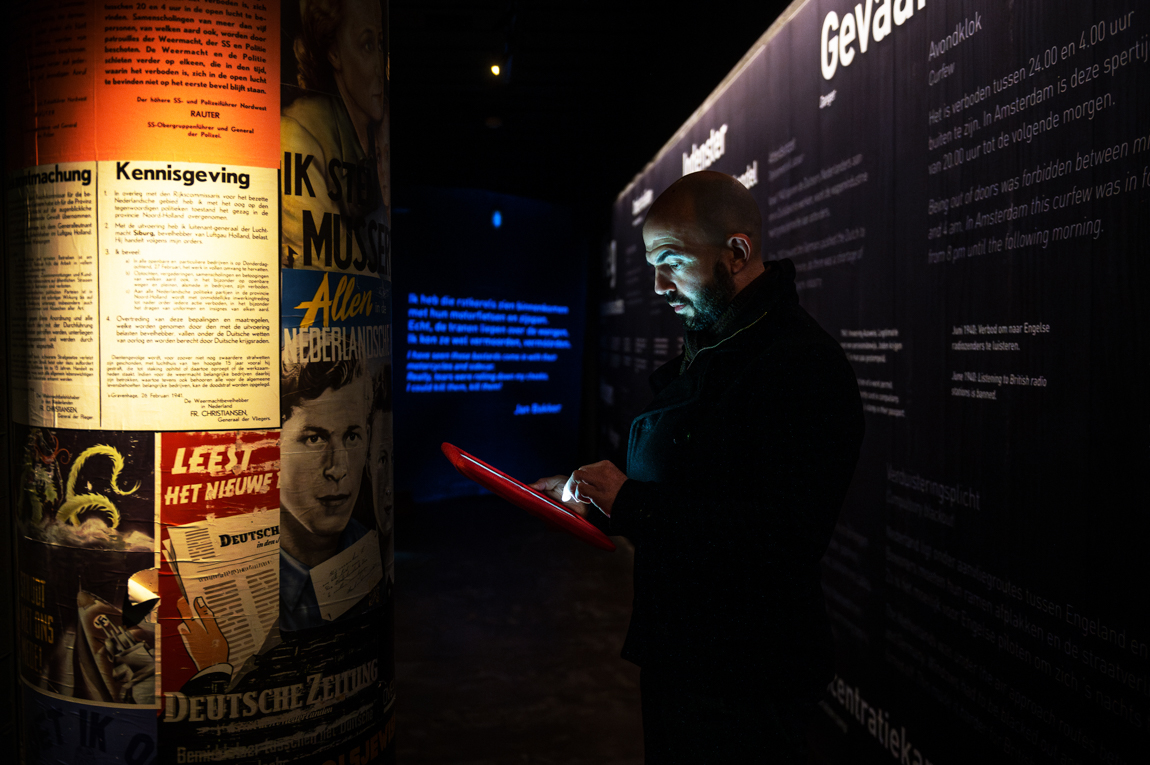
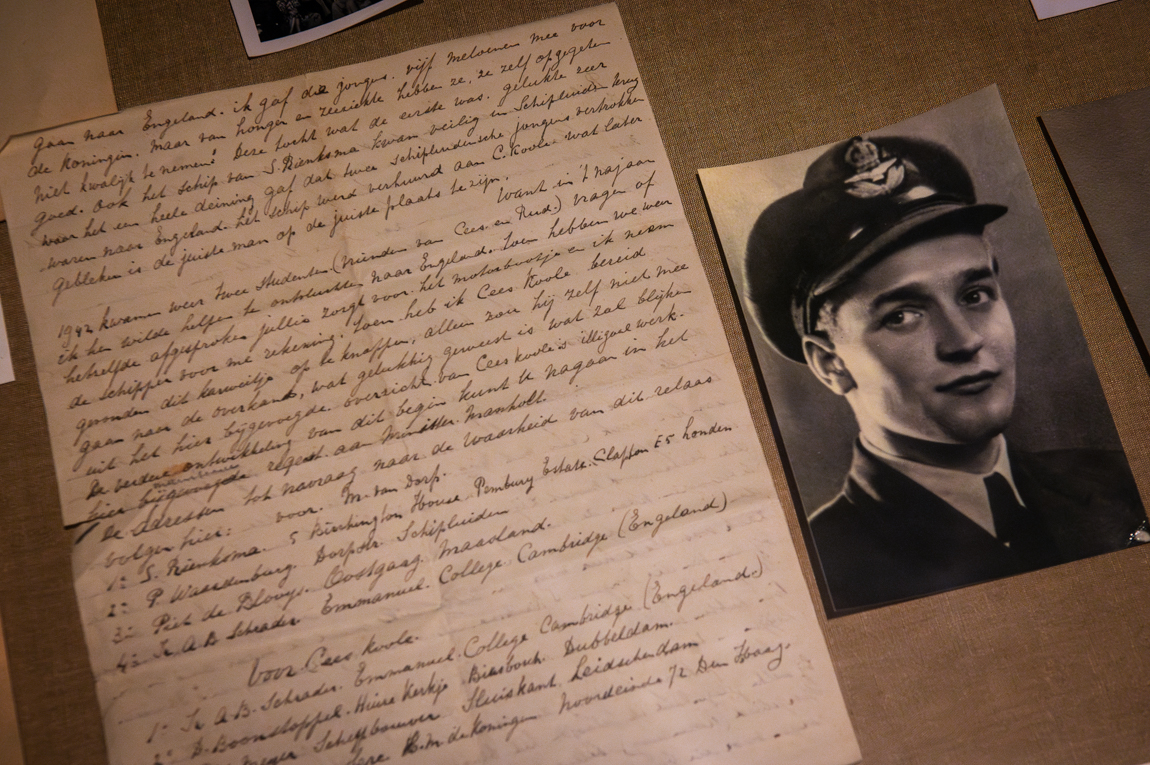
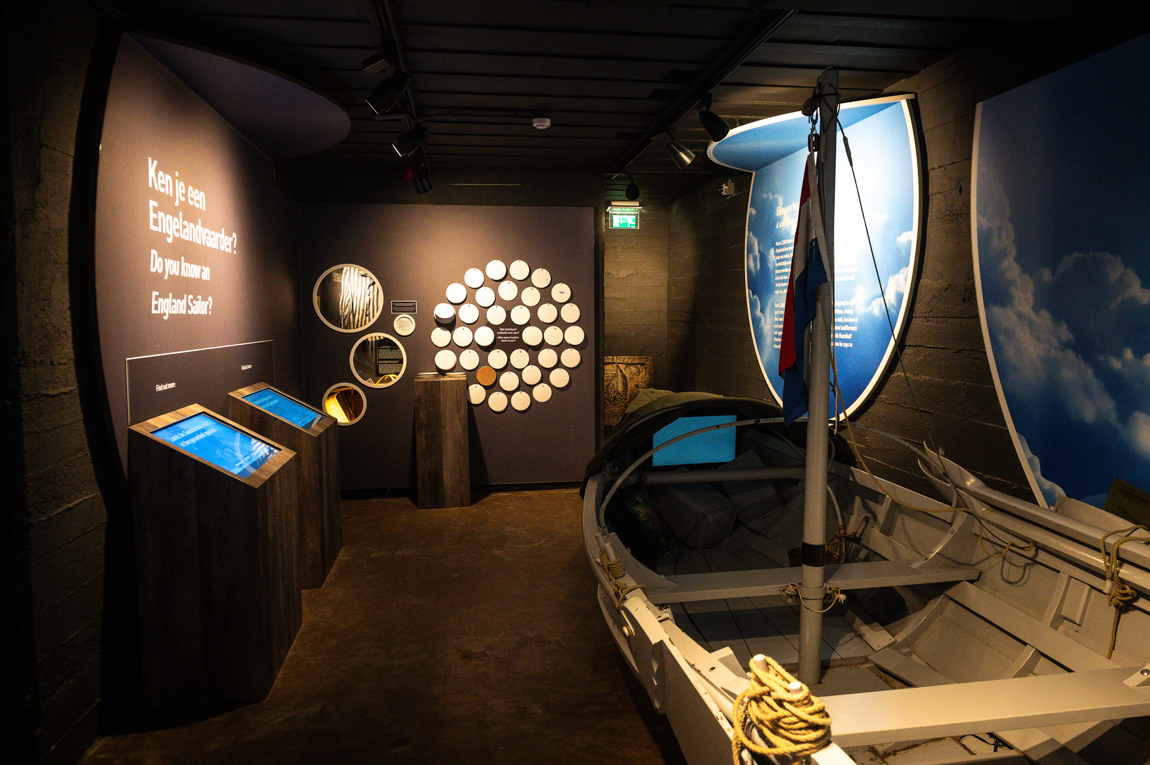
Noordwijk has a surprising number of museums for a moderately sized coastal town. One of the most interesting is Museum Engelandvaarders, which is located in an old ammunition bunker in the dunes. It’s focused on the little-known story of the many Dutch resistance fighters who left the occupied Netherlands for Britain during WWII, to join the Brits in their fight with the nazis. Some of them departed from Noordwijk, and did so in glorified rowboats that first had to get past the German defensive lines unseen. This was then followed by a 200km crossing in pitch darkness. Given the circumstances and the unpredictability of the North Sea, it shouldn’t come as a surprise that many boats never reached the English coast. The museum is kept open by volunteers and is well put together. Historical footage is interspersed with personal stories and decently-acted videos explaining the entire process. You can learn to type Morse code; you can get virtually interrogated by the English police – German spies were often hiding among the Dutch arrivals – and eventually you’ll get to see one of the little boats. This immediately makes you realize how insignificant the occupants must have felt while braving the towering waves of a North Sea storm in the dark. Interesting and sometimes even touching museum.
These other museums in Noordwijk are also worth visiting:
–The Atlantic Wall Museum: this is a German bunker complex in the dunes. Twelve bunkers are connected by 500m of underground passages. Unfortunately, the museum is closed from September to May because a bat colony hibernates here.
–The Museum of Comic Art: the first comic book museum in the Netherlands, full of original drawings explaining the process of how a comic is made. They also host temporary exhibitions regularly.
–Museum Noordwijk: this is a folk museum in a centuries-old farmhouse, aiming to show what life was like here around the year 1900. There’s also art from the region on display.
7. Nice restaurants and hotels in Noordwijk


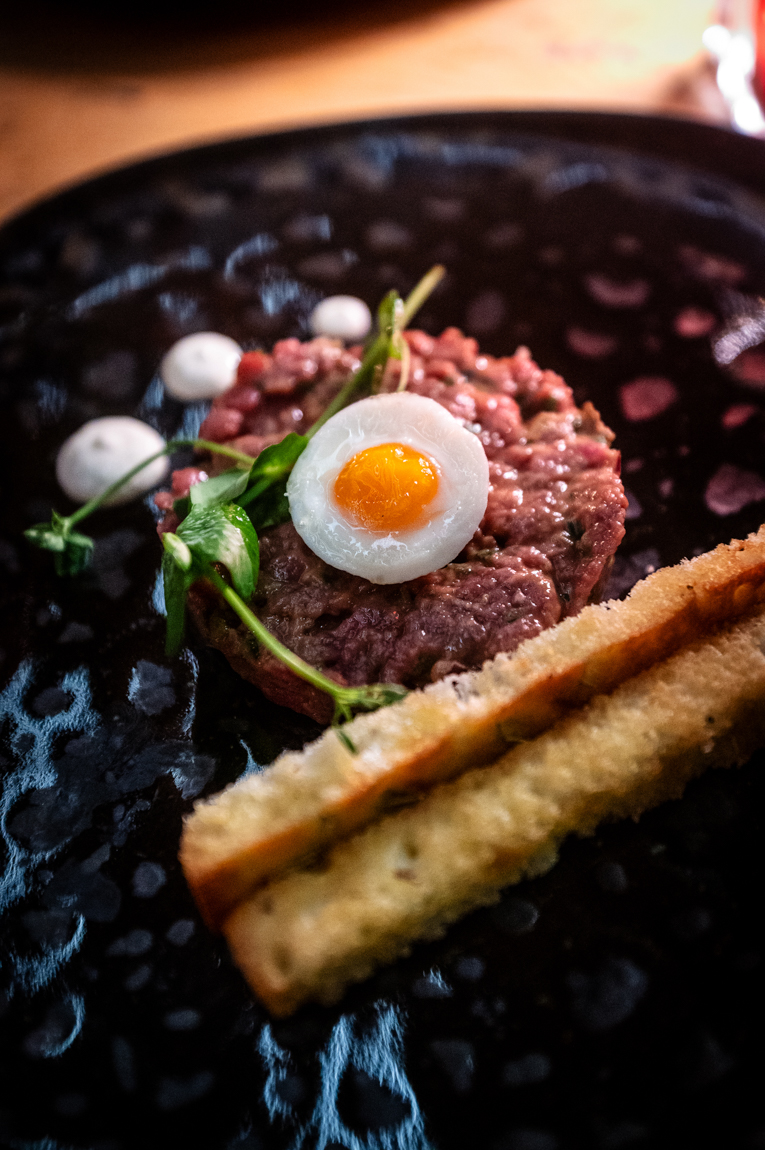
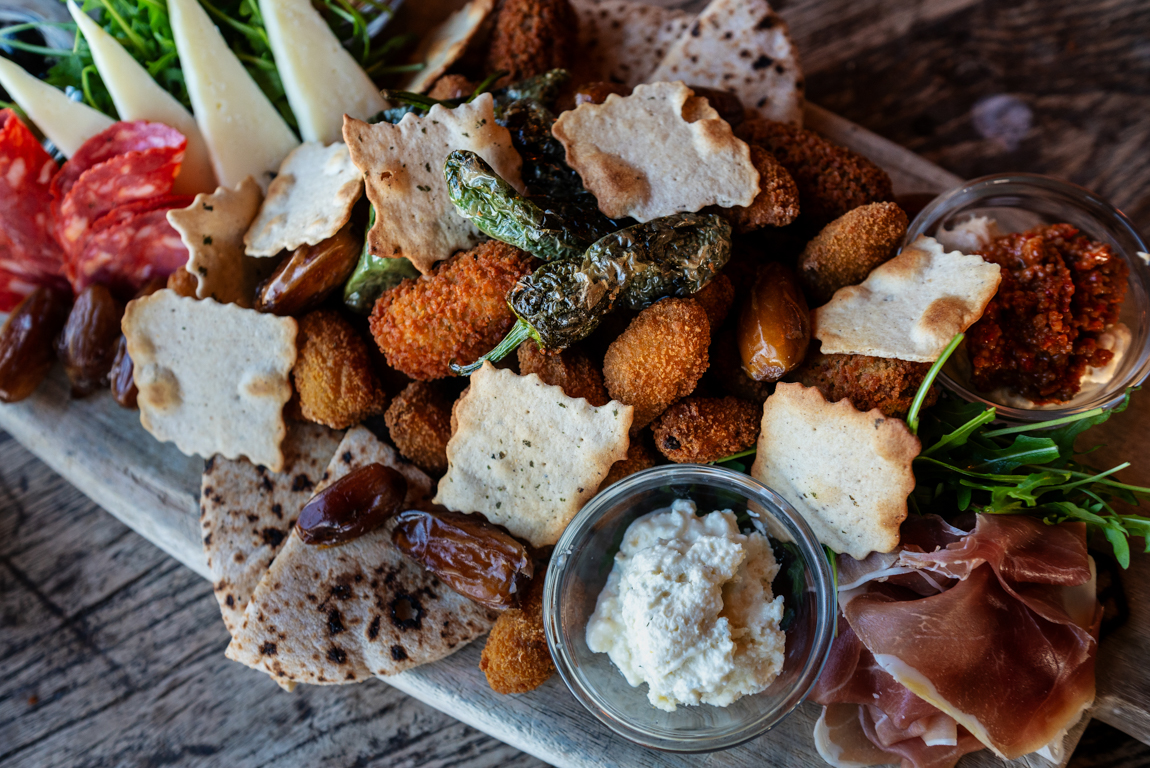
–Two Brothers Noordwijk Beach Hotel: I didn’t sleep in this hotel, but in two authentic little fisherman’s houses owned by the same company. They are fully equipped with living room and kitchen, and can handle a small family. One was furnished in a sleek, modern way; the other was a bit more homely. The hotel staff woke us with an entire breakfast buffet in the morning, which was very nice. The hotel itself is classic and cosy, and offers work and training opportunities specifically to people with autism. As far as I’m concerned, this mainly resulted in incredibly friendly staff.
–Nomade Beach House Noordwijk: this is a beautiful beach bar where you can also get a quick lunch. If you order the mixed food board share it with someone else, or you won’t make it out of your chair all afternoon.
–Open Doors: this is a hip restaurant with Hard Rock Café vibes specialised in tasty steaks and burgers.
–De Lamme Goedzak: cosy restaurant in the centre of Noordwijk aan Zee, with a great staff.
-Did you know Noordwijk is located in the middle of the flower region? Every spring you can visit endless fields of tulips and other flowers.
If you want to know more about Noordwijk as a destination, visit: www.noordwijk.info.
Fancy some other Dutch trips? Read all about Friesland, North Brabant, Amsterdam and its strangest museums, Utrecht, Eindhoven, the Frisian Islands, Flevoland, South Limburg, Haarlem and Schouwen-Duiveland.















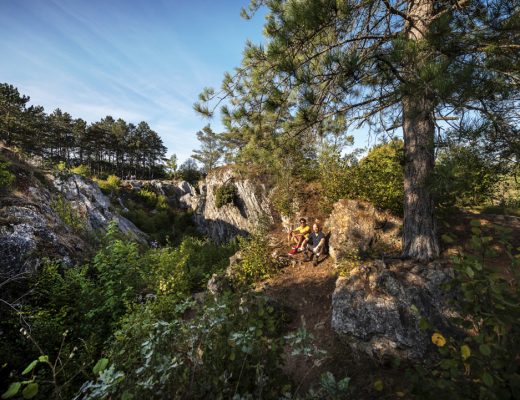



2 Comments
Diego
June 4, 2024 at 10:44 amDear Jonathan!,
It is really nice to find your website and read your experiences. I´m traveling to Noordwijk for a day and your guide seems pretty cool.
Some weeks ago I have scheduled for next September a Tour with Robert, i did not read your story by then. I would like to ask you if you got an special permission to carry your backpack because i will be only for half day in the region and i might need to carry one with me, but also a carry on bag. Do you know if there´s a locker?
thanks !
Jonathan
June 4, 2024 at 11:18 amHey Diego,
I don’t know if you can take the backpack. I could but I was of course reporting and invited. I think you should just ask them in a mail. I’m sure there are lockers though. It’s not a tourist spot so it should be safe.
Have fun, it’s a great tour,
Jonathan